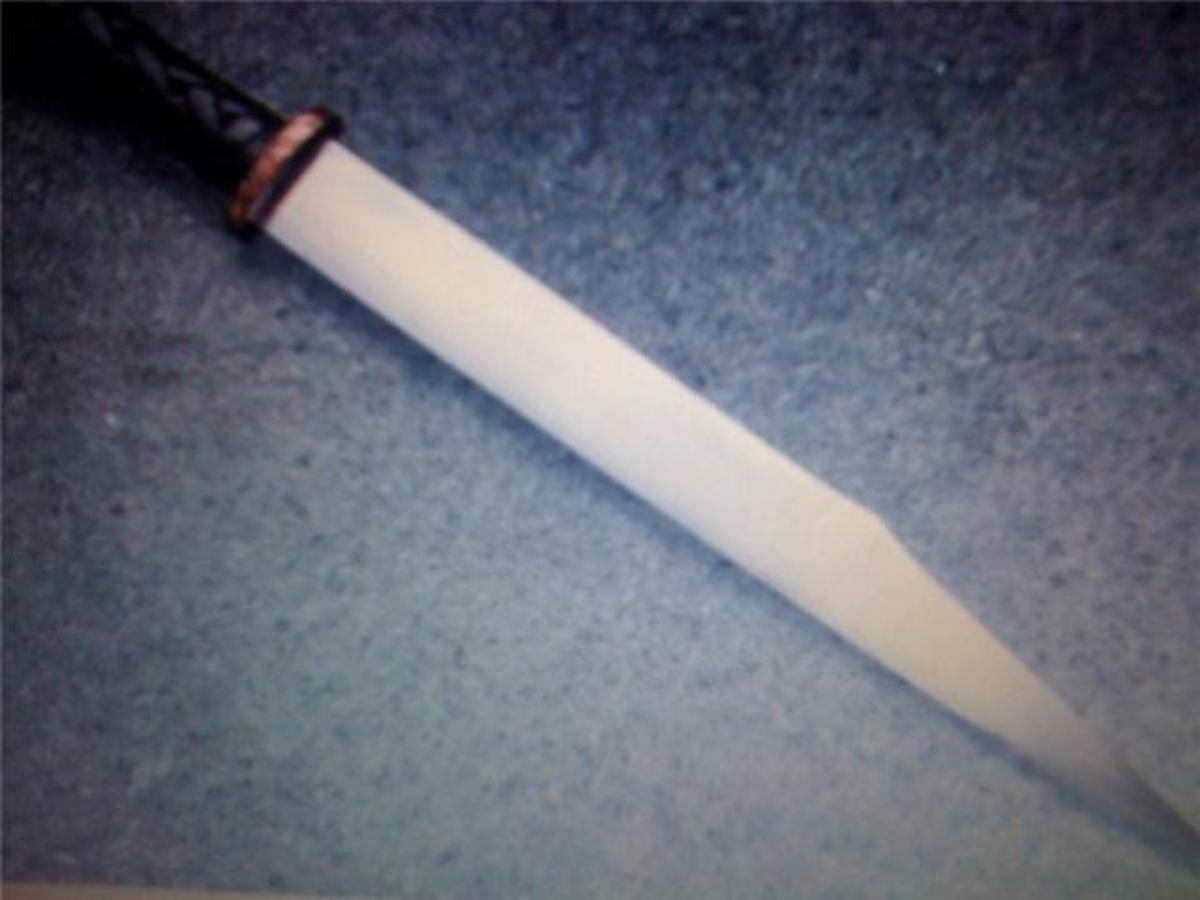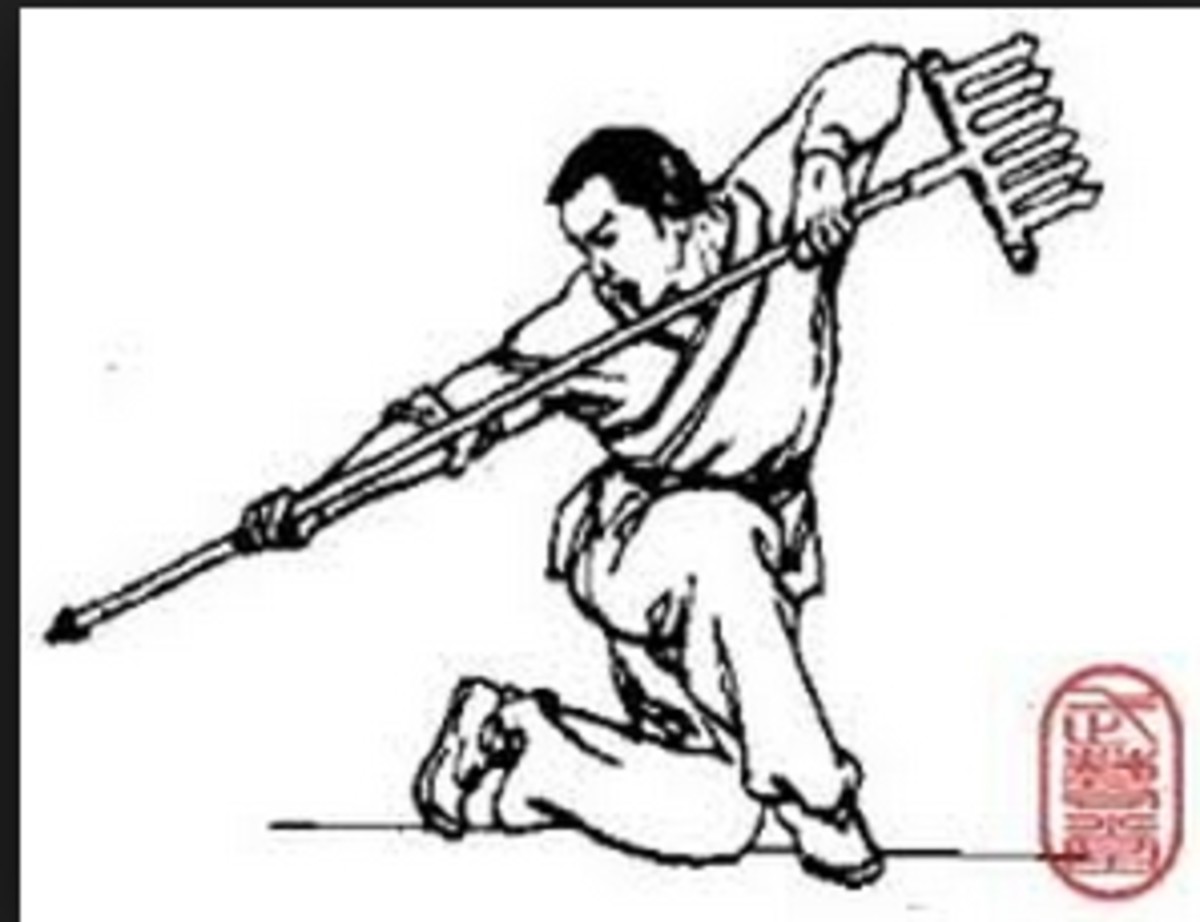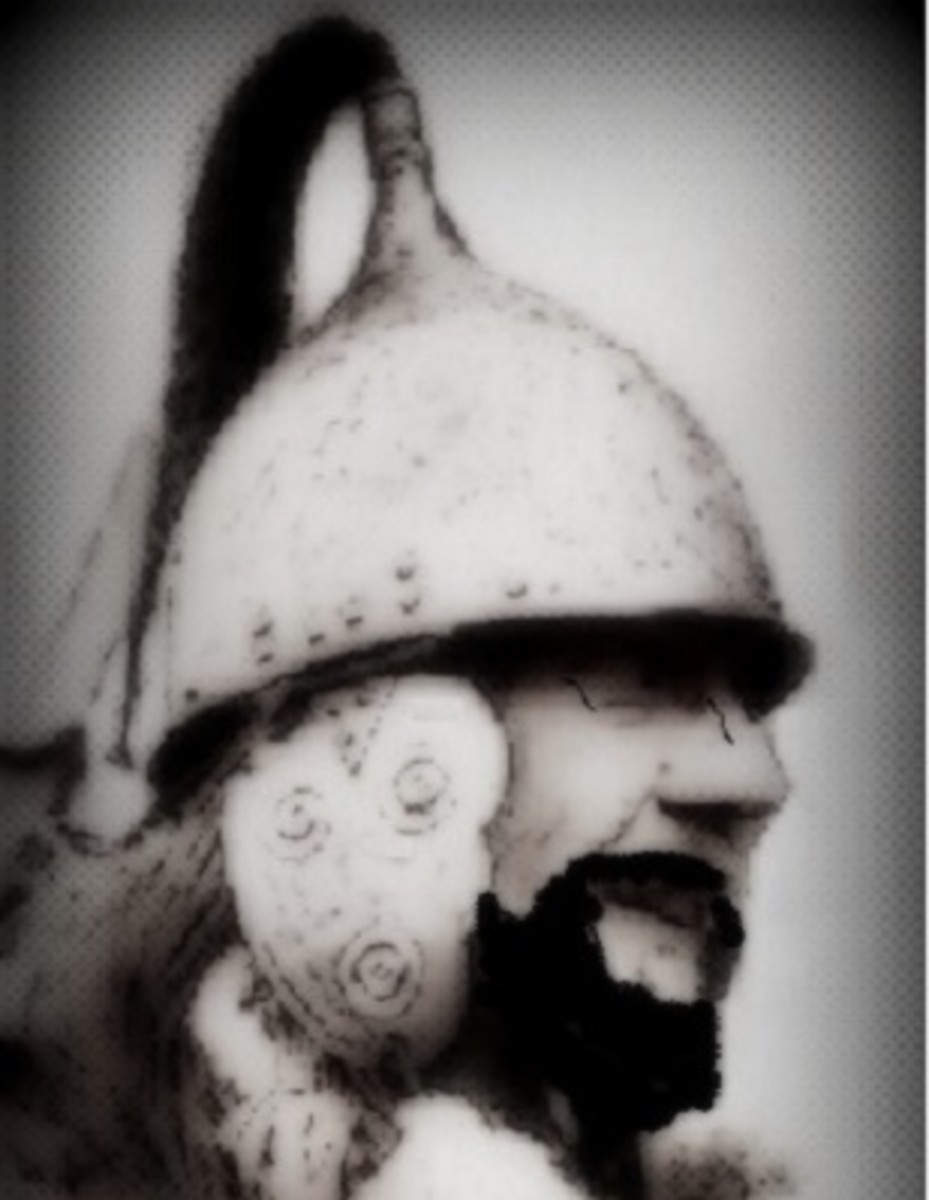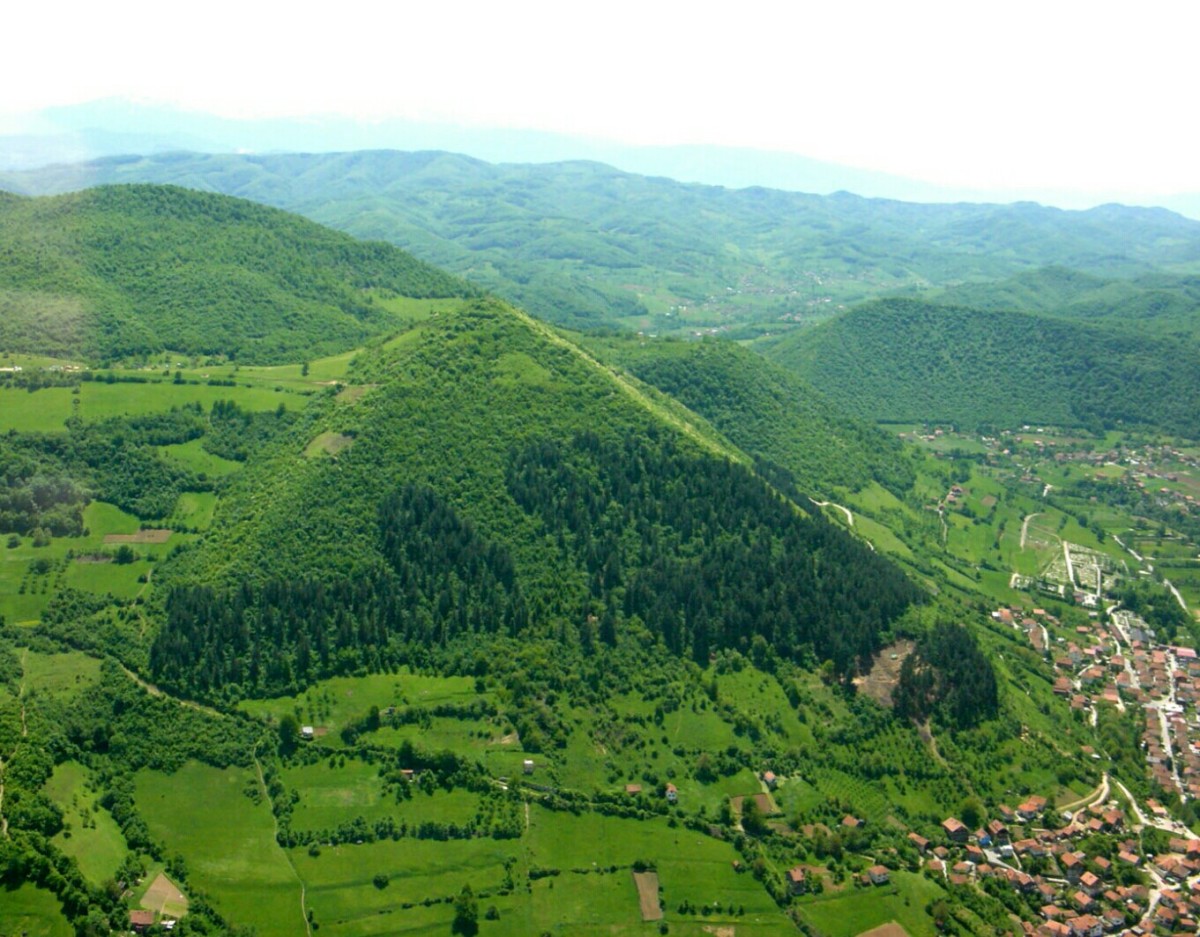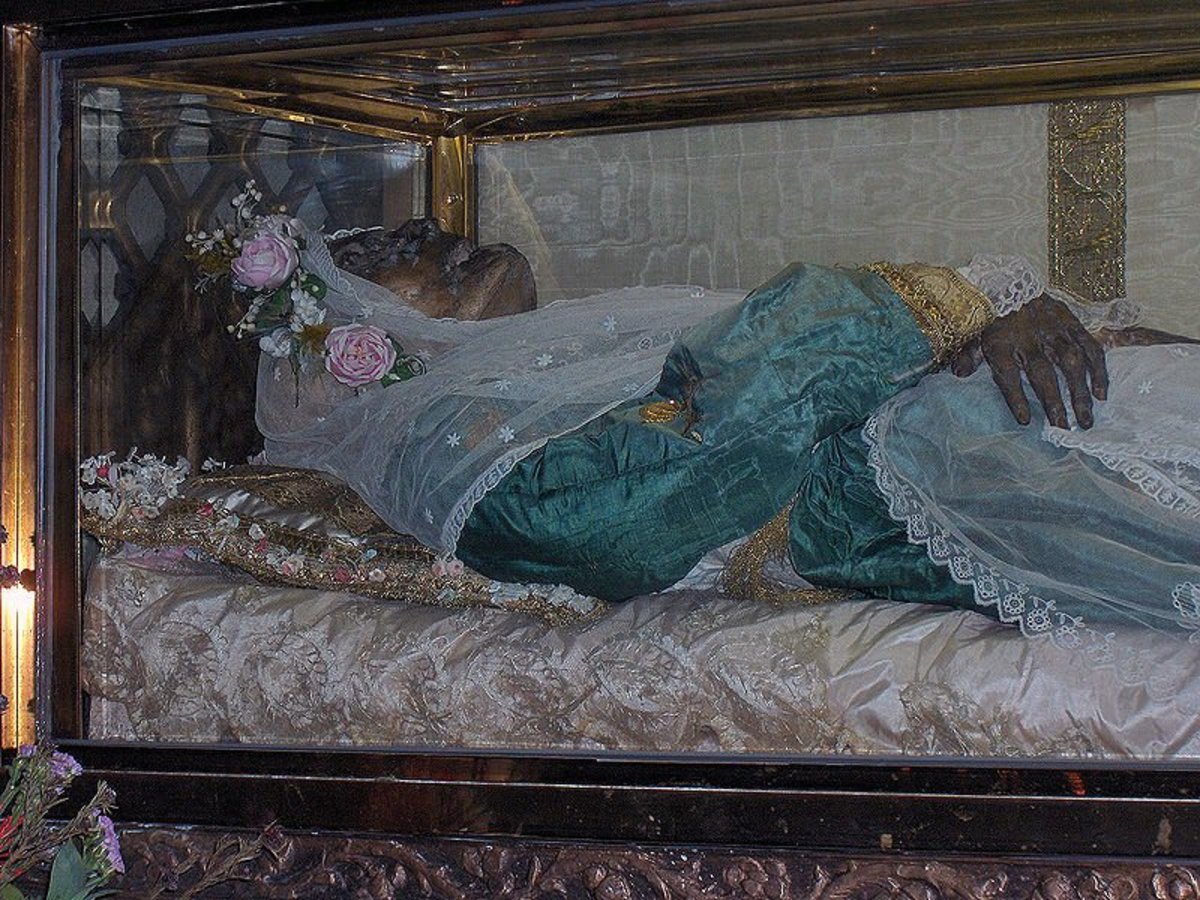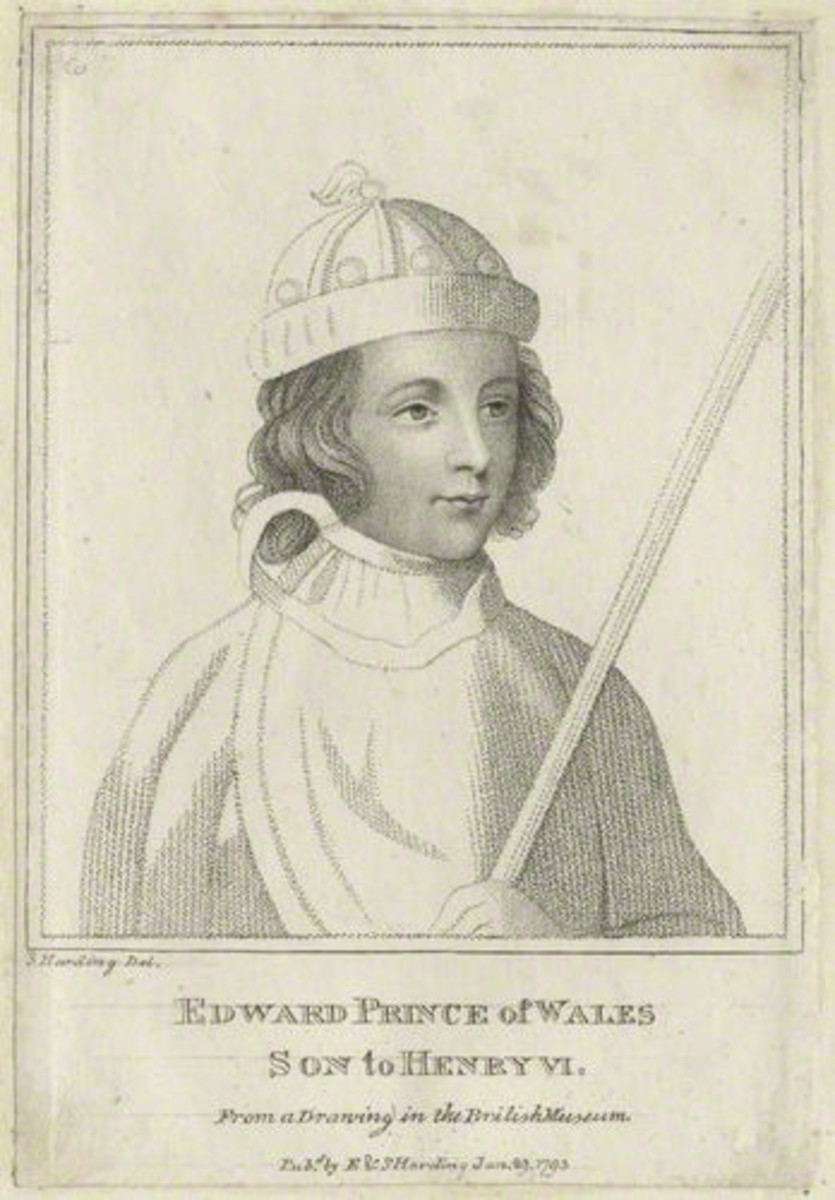Everything about typical medieval weapons
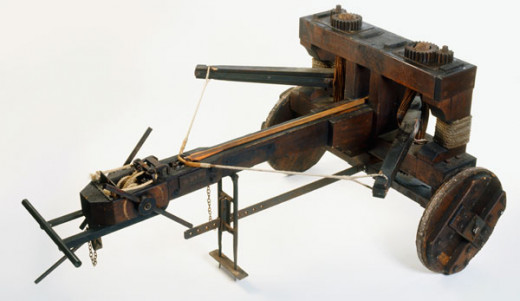
Ballista
It is commonly known that catapults were used during the Dark Ages for artillery purposes. But did you know that they came in various types as well? Let’s have a look at the ballista for instance, which was actually nothing but a crossbow’s giant brother. Its ammunition consisted of enormous arrows made of wood with an iron tip. These arrows were launched along a flat trajectory, thus enhancing their precision significantly. Despite their magnificent accuracy, ballistae didn’t have much firepower compared to other siege weapons. Furthermore, they were usually constructed on site due to their immobility. Ballistae were already used by the Greeks and Romans before the Dark Ages, but their disadvantages caused them to be replaced over time by trebuchets and mangonels.
Flail
Flails were nasty weapons that may have come in different types, although there is debate whether or not all types we have heard of nowadays were actually used in the past. Therefore, I will focus on the two-handed flail only, for which evidence has been found that it was used during the Dark Ages indeed. This type was used by foot warriors with the purpose of getting behind an enemy’s shield. When lashing out with this weapon, the chain part was supposed to ‘land’ on the edge of the shield after which the spiked ball at the end would do the rest. However, its lack of precision and difficulty to use in closely ranked formations or close combat caused this weapon to lack in efficiency.
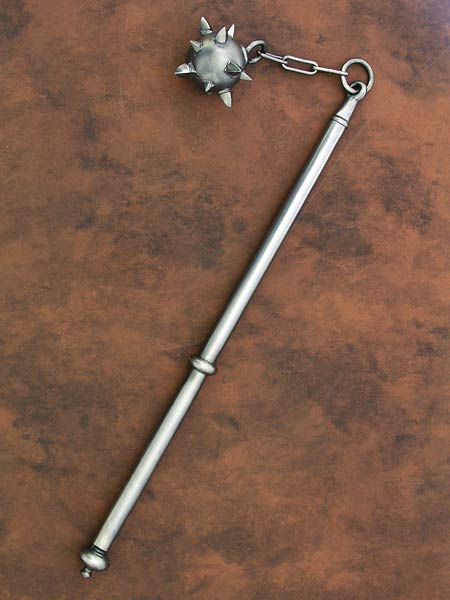
Goedendag
The goedendag (also known as godendac, godendart and godendard) was an originally Flemish weapon made from an approximately 59-inch long and roughly 4-inch diameter tree trunk. One end was a bit thicker than the rest and had a steel point attached to it. The weapon could either be used as to hit or to thrust with and required little training to use. Given its weight and far reach, a goedendag could be a fearsome weapon in the hands of many.
There are various answers to the question how the name ‘goedendag’ (Dutch: good day) originated. One version is linked to the Bruges Matins massacre of 1302, when the guildsmen of Bruges allegedly took over the city in a rather unorthodox way: they simply greeted people in the streets that lost their lives if they responded with a French accent. This version can be questioned however, since Flemish chronicles refer to the weapon as a ‘spiked stave’. A different explanation is that ‘dag’ is actually derived from the Germanic/English word ‘dagger’, hence the name may have meant ‘good dagger’ rather than ‘good day’.
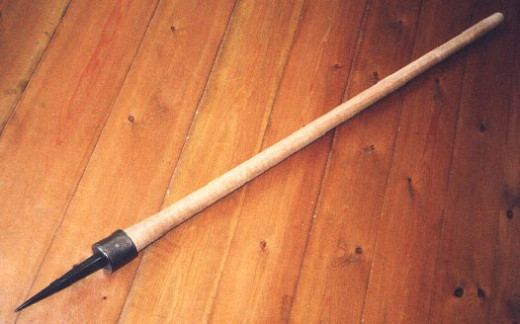
Halberd
During the Dark Ages, there was a lack of weapons to effectively fight horsemen and halberds (also spelled as ‘halbert’ or ‘halbard’) were being developed to do something about that. They typically measured between roughly 5 and 6 feet and were equipped with an axe blade to cleave through and finish off enemies, a pick to balance the blade and a long pike at the end of the staff to keep hostile horsemen at a distance. Halberds were used for a long time – from the 13th century all the way through the 16th century, when early firearms started to defeat their purpose.
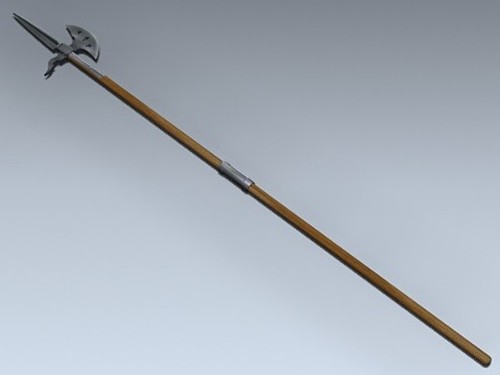
Mace
Maces were weapons which could be used in one way only: to deal blows with powerful enough to inflict injuries without having to penetrate through armor and chain mail (which proved to be excellent defense against edged weapons such as swords and axes). Contrary to a goedendag or a morning star, they were usually not equipped with spikes. Having developed from the club, the head of a mace was fabricated in such a way that a blow could be delivered equally effectively. If used by infantry, they typically measured 2 to 3 feet in length. They were longer however if they were to be wielded by horsemen in order to enable them to strike from atop a horse. The largest type of this weapon was the two-handed mace.
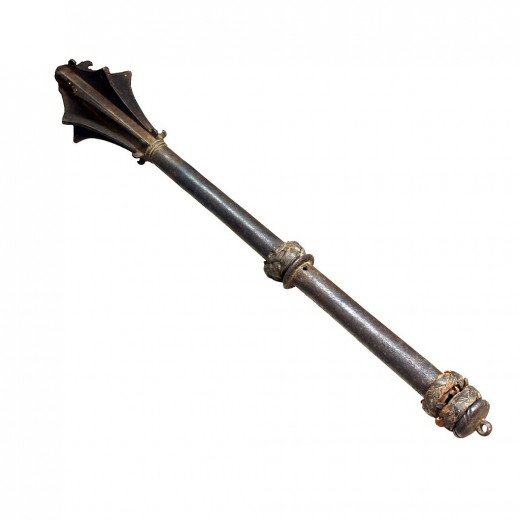
Mangonel
The predecessor of the more well-known trebuchet, mangonels served as artillery weapons during the Dark Ages. Their main purpose was to destroy walls, although they were used for other purposes as well. They were rather primitive forms of catapults and used as such considered the projectiles that were launched from them, varying from rocks and burning objects and – less commonly – corpses and decapitated human heads in order to demoralize enemies and spread disease among them (which often worked all too well). Mangonels threw projectiles at a higher speed than trebuchets, but also at a lower trajectory. Firing this siege weapon was quite an involved process. Hybrid mangonel-trebuchets were loaded by lowering a rope with a hook at its end. This hook was tied to another rope connected to a pulling system in order to pull the rope and lower the main beam. Once the beam was lowered, a few soldiers attached a sling where the projectile was placed. After this was done, the commander gave the order to release the main rod and at the same time, a group of men (usually about 20) pulled the ropes attached to the counterweight, causing the mangonel to be fired.
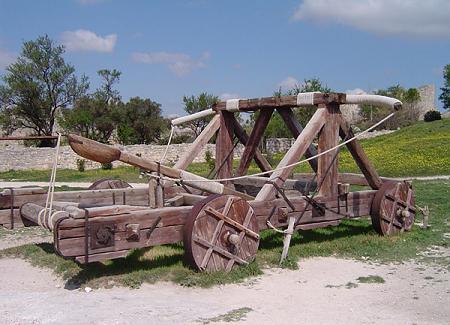
Morning star
Related to but not quite the same as a goedendag or a mace, the morning star was one of the most notorious weapons used during the Dark Ages. The metal spikes at the end could be attached in two ways: either the shaft was made of wood through which the spikes were sticking out, or the end of the shaft was made of metal that already had the spikes attached to it. Furthermore, the end of the shaft often ended in a steel point, thus enabling it to be used for thrusting as well. Like maces, this club-like maiming weapon was used by both infantry and cavalry. If used by the latter however, its shaft was likely to be shorter. Morning stars were maiming weapons, particularly lethal if wielded by warriors with a lot of physical strength.
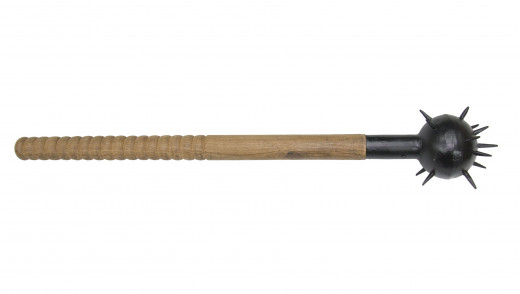
Pike
Pikes are obviously related to spears yet they were not used to throw with. They were very long (10 to 25 feet!) but used in a far more defensive way than many other similar weapons. Just like halberds, they were developed to effectively fight cavalry. In order to do so, pike men would plant their pikes with their backs slanted into the ground, hence making it difficult for hostile horsemen to maneuver properly as to prevent their horses from getting injured. Despite being rather limited in its uses, pikes proved themselves to be invaluable weapons during many battles in history.
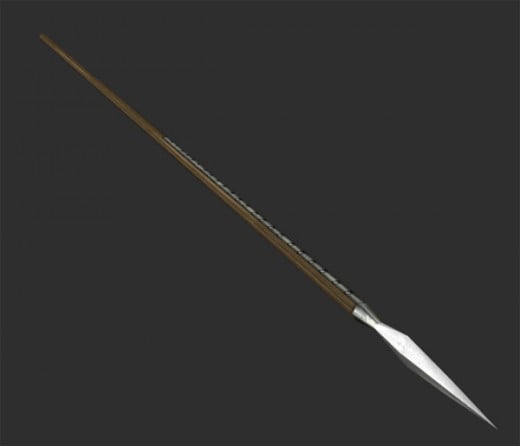
Sources
https://en.wikipedia.org/wiki/Flail_(weapon)
https://en.wikipedia.org/wiki/Goedendag
https://en.wikipedia.org/wiki/Mangonel
https://en.wikipedia.org/wiki/Pike_(weapon)
http://www.britannica.com/technology/halberd
http://www.military-history.org/articles/medieval/the-goedendag-medieval-weaponry.htm

